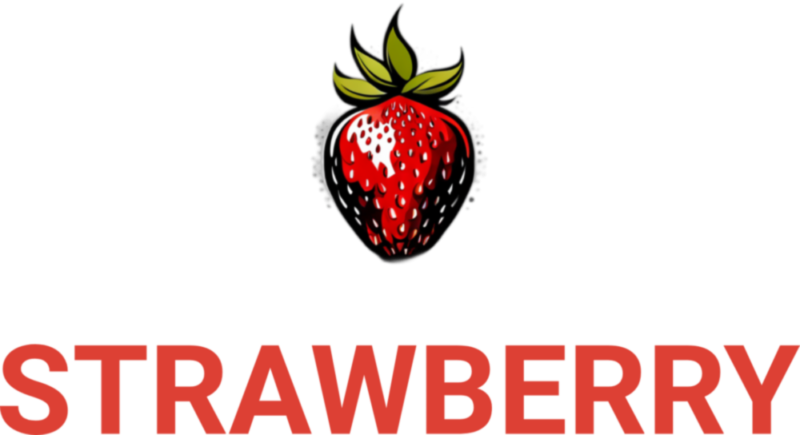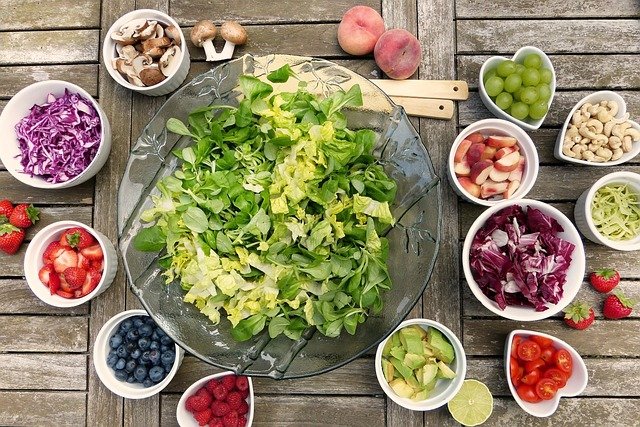-
Índice
“Discover the Difference Between Solid and Liquid Calories – Unlock Your Health Potential!”
Exploring the Nutritional Differences Between Solid and Liquid Calories
Do you ever feel like you’re stuck in a rut when it comes to your diet? Are you looking for a way to make your meals more interesting and nutritious? If so, you may want to consider the nutritional differences between solid and liquid calories.
Solid calories are those that come from solid foods, such as fruits, vegetables, grains, and proteins. These foods provide essential vitamins, minerals, and other nutrients that are essential for good health. They also provide fiber, which helps to keep you feeling full longer and can help to regulate your blood sugar levels.
Liquid calories, on the other hand, come from beverages such as soda, juice, and energy drinks. While these drinks may provide some vitamins and minerals, they are often high in sugar and calories. This can lead to weight gain and other health problems.
So, what’s the best way to get the most out of your diet? The answer is to focus on eating more solid calories and fewer liquid calories. This will help you get the nutrients you need while avoiding the empty calories found in sugary drinks.
Eating a balanced diet that includes plenty of fruits, vegetables, whole grains, and lean proteins is the best way to ensure that you get all the nutrients you need. You can also add in healthy snacks such as nuts, seeds, and yogurt to help keep you feeling full and satisfied.
By making the switch from liquid to solid calories, you can make a big difference in your overall health and wellbeing. Not only will you be getting the essential nutrients you need, but you’ll also be helping to reduce your risk of obesity, diabetes, and other chronic diseases. So, why not give it a try today? You’ll be glad you did!
How to Make Healthy Choices When It Comes to Solid and Liquid Calories

Making healthy choices when it comes to solid and liquid calories can be a challenge. But with a few simple tips, you can make sure that you are getting the most out of your food and drinks.
First, focus on eating whole, unprocessed foods. Whole foods are packed with vitamins, minerals, and fiber, and they are much healthier than processed foods. Choose fresh fruits and vegetables, lean proteins, and whole grains. Avoid processed foods that are high in sugar, salt, and unhealthy fats.
Second, watch your portion sizes. Eating too much of any food can lead to weight gain. Try to stick to the recommended serving sizes on food labels. If you’re eating out, ask for a smaller portion or share a meal with a friend.
Third, choose low-calorie beverages. Sugary drinks like soda and energy drinks are loaded with empty calories. Instead, opt for water, unsweetened tea, or sparkling water with a splash of juice.
Finally, don’t forget to treat yourself. It’s okay to indulge in your favorite treats every once in a while. Just make sure to keep it in moderation and balance it out with healthier options.
Making healthy choices when it comes to solid and liquid calories doesn’t have to be difficult. With a few simple tips, you can make sure that you are getting the most out of your food and drinks.
The Pros and Cons of Solid and Liquid Calories: What You Need to Know
Solid and liquid calories are both important sources of energy for our bodies, but they each have their own unique pros and cons. Knowing the differences between the two can help you make the best decisions for your health and nutrition.
Pros of Solid Calories
Solid calories are typically found in foods like fruits, vegetables, grains, and proteins. These foods are packed with essential vitamins, minerals, and fiber that are essential for good health. Solid calories also tend to be more filling than liquid calories, so you’re less likely to overeat.
Cons of Solid Calories
Solid calories can be more difficult to digest than liquid calories, so they may not be the best choice for people with digestive issues. Solid calories can also be more expensive than liquid calories, and they may not be as convenient to carry around.
Pros of Liquid Calories
Liquid calories are typically found in beverages like juices, smoothies, and shakes. These drinks are often packed with vitamins, minerals, and other nutrients that can help you meet your daily nutritional needs. Liquid calories are also easier to digest than solid calories, so they may be a better choice for people with digestive issues.
Cons of Liquid Calories
Liquid calories can be high in sugar and calories, so they may not be the best choice for people trying to lose weight. Liquid calories can also be less filling than solid calories, so you may be more likely to overeat.
Overall, it’s important to consider both solid and liquid calories when making decisions about your health and nutrition. Solid calories can provide essential vitamins, minerals, and fiber, while liquid calories can be a convenient and easy-to-digest source of nutrition. Ultimately, the best choice for you will depend on your individual needs and preferences.
Conclusão
In conclusion, solid and liquid calories are both important sources of energy for the body, but they differ in how they are absorbed and used by the body. Solid calories are more slowly digested and absorbed, providing a more sustained energy source, while liquid calories are quickly absorbed and provide a more immediate energy boost. Both forms of calories are important for a healthy diet, but it is important to be aware of the differences between them.



